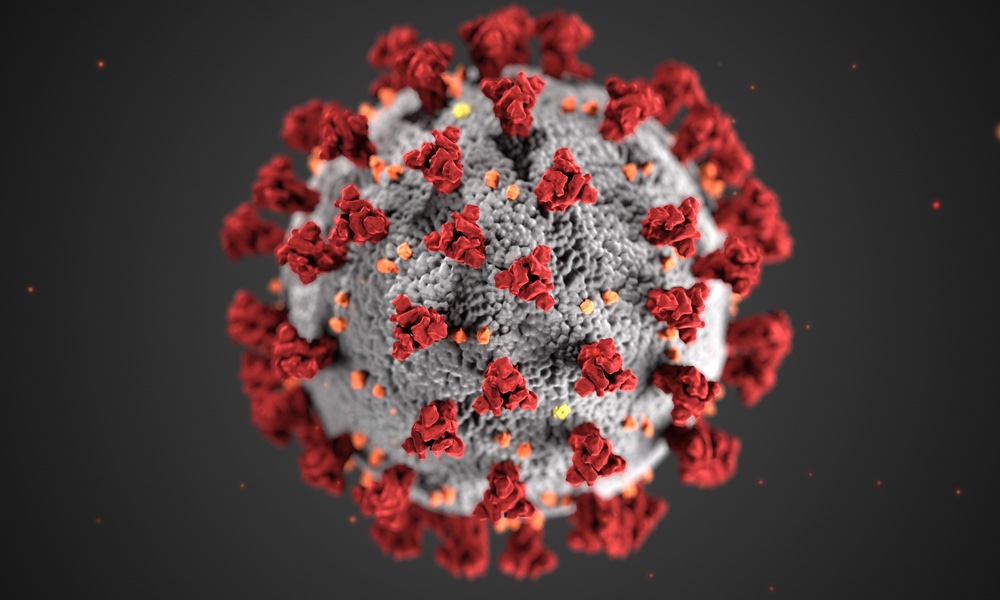The novel coronavirus infection has spread rapidly since it was first identified in Wuhan, China in December 2019. One reason it has been difficult to contain COVID-19, scientists believe, is that people who are infected with the virus but show no symptoms spread the virus without realizing it.
A review of studies of people with asymptomatic novel coronavirus infection published recently in Annals of Internal Medicine has found that almost half of those infected with COVID-19 who are asymptomatic may be able to spread the virus for far longer than first thought.
This matters because those who are do not look or feel sick are more likely to interact with others, so the fact people can be asymptomatic for an extended period might explain the rapid spread of the virus across the globe.Contact tracing confirmed several new infections identified during the second sampling had been caused by exposure to asymptomatic people.
Those who are asymptomatic can infect others for at least two weeks, and possibly longer. When residents of Vo’, Italy were tested for novel coronavirus 14 days apart, about 41 percent and 45 percent of each sample who tested positive were asymptomatic. Those who were without symptoms remained asymptomatic during the two-week period between samplings. However, contact tracing confirmed several new infections identified during the second sampling had been caused by exposure to asymptomatic people.
The first case of novel coronavirus aboard the U.S.S. Theodore Roosevelt was identified on March 22, 2020. As of April 24, about 17 percent of the ship’s crew had tested positive, and about 60 percent of those who tested positive were asymptomatic. Even after a 14-day quarantine, many of the asymptomatic crew members still tested positive.
It's worth keeping in mind that these are all early studies of the current pandemic; the ideal study of asymptomatic novel coronavirus infection has not yet been done, the researchers say. Such a study would need to include a large, representative sample of the general population, and data must be collected over a long enough period to distinguish between persons who are asymptomatic and those who are presymptomatic.
On another ship, the Diamond Princess, CT or computed tomography scans found subclinical abnormalities in the lungs of 54 percent of the 76 asymptomatic passengers on board. Future studies will be needed to confirm this finding, which the researchers call “disturbing.”
The COVID-19 pandemic remains an emerging crisis. With information and results constantly being updated, the smartest plan is to do whatever you can to protect your health, even if it seems like things are getting better.





